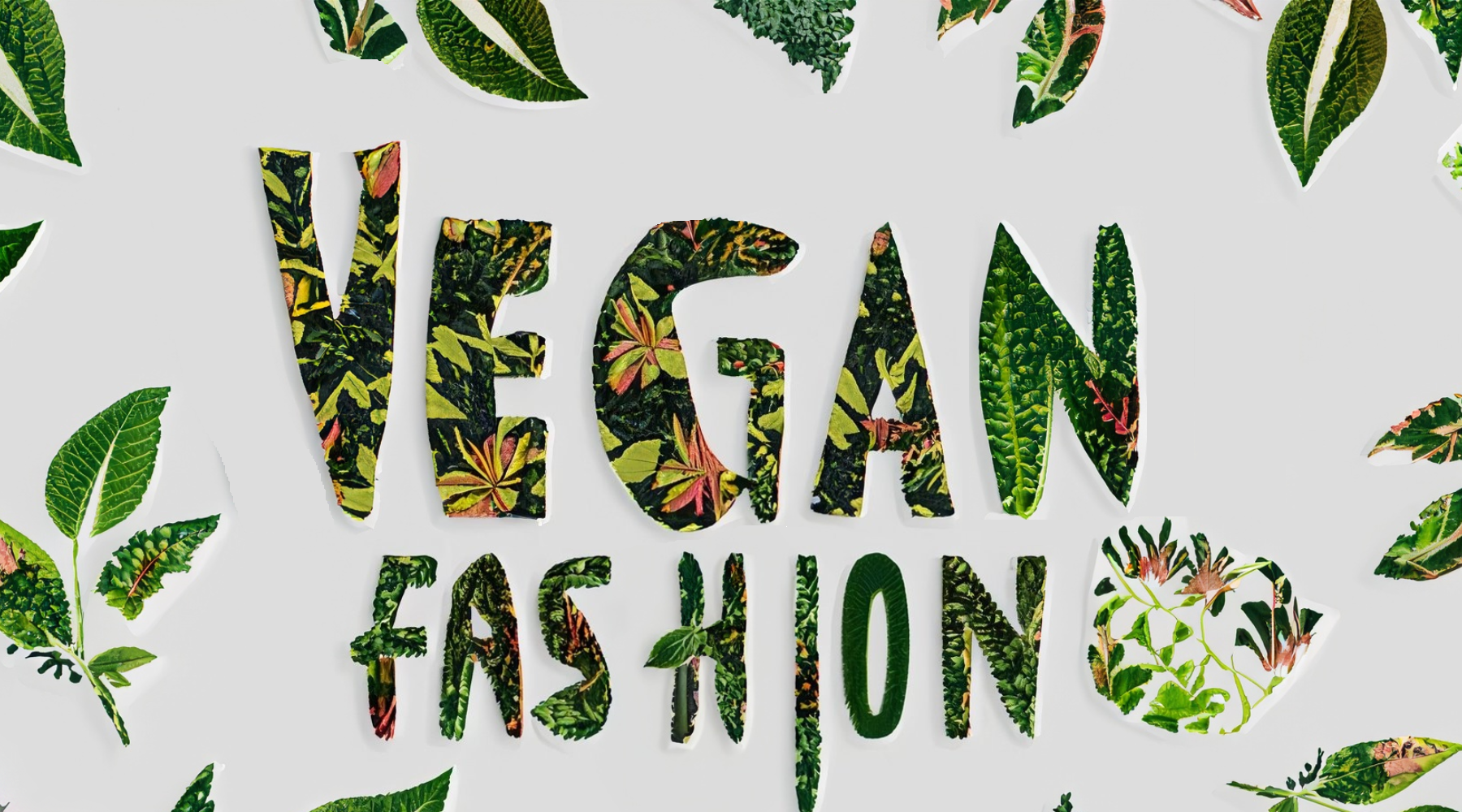In the current fashion landscape, the focus is shifting more towards more sustainable and environmentally friendly practices. One aspect of this trend is the emergence of vegan fashion, a movement that rejects the use of animal products in the design and production of clothing. But what does it really mean when a piece of clothing is called vegan? And what does cruelty-free mean? In this article, we will explore these concepts in detail and discover what vegan fabrics are.
What is Vegan Fashion?
The vegan movement advocates respect and protection of all living things, and vegan fashion is an extension of this principle: it avoids the use of animal-derived materials in the production of clothing. This means that no leather, fur, wool, silk or any other material that comes from an animal is used.
Vegan fashion is much more than just a trend: it is a philosophy based on a desire to live in a world that respects other living beings and the environment. This philosophy is reflected in purchasing choices, with a growing number of consumers consciously choosing to buy clothes made with fabrics and materials that do not exploit or harm animals.

What Does Cruelty-Free Mean?
The term cruelty-free, literally translated as without cruelty, is often used in conjunction with the term vegan in the context of fashion. A cruelty-free product is one that has not been tested on animals at any stage of its production. In fashion, this means that no animals were harmed, exploited, or killed in the creation of the garment.
It is important to note that a product can be cruelty-free but not vegan. For example, a sweater could be made from ethically harvested wool, without harming the sheep, and therefore be considered cruelty-free. However, since wool is an animal product, it would not be considered vegan.
How to Identify Vegan Fabrics?
Identifying vegan fabrics can be a challenge, especially when it comes to understanding the composition of blended fabrics or finding alternatives to animal-based fabrics. However, carefully reading the product label can help you identify the materials used. Many vegan fashion brands today emphasize transparency and provide detailed information about the materials used in their products.
Additionally, there are certifications such as the PETA Approved Vegan certification, which guarantees that the products are completely vegan. This certification can be a useful reference point when trying to identify vegan fabrics.

The Future of Vegan Fashion
As awareness grows about the ethical and environmental issues associated with the fashion industry, vegan fashion is becoming more and more mainstream. Designers are exploring new ways to create fabrics that are both vegan and sustainable, and technology is playing a key role in this.
For example, bioengineering is enabling the creation of new types of vegan fabrics. These include lab-grown leather, which is made using animal cells but without killing or harming the animals, and fabrics made from microorganisms such as fungi or bacteria.
As demand for vegan options increases, more and more brands are offering vegan collections and committing to reducing or eliminating the use of animal products in their product lines.
In conclusion, vegan and cruelty-free fashion is an important step towards more ethical and sustainable fashion. Although there are still many challenges to be faced, the increasing availability of vegan fabrics and growing consumer awareness are driving a significant change in the fashion industry. With the continuous development of new vegan fabrics and technologies, the future of vegan fashion looks very promising.






Leave a comment